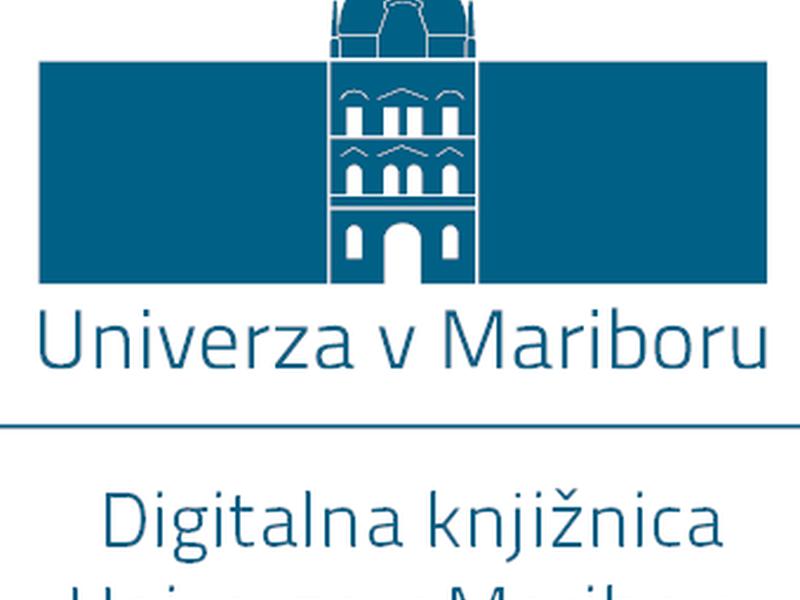This article discusses the potential of using graph convolutional networks and deep learning methods to analyze and model criminal networks. The authors demonstrate the effectiveness of their approach through various experiments on real-world data, achieving impressive accuracy in predicting criminal partnerships, types of associations, and financial transactions among criminal agents. Their deep learning models outperform previous shallow learning approaches and can generalize to unseen nodes and scale up to large graph structures.

